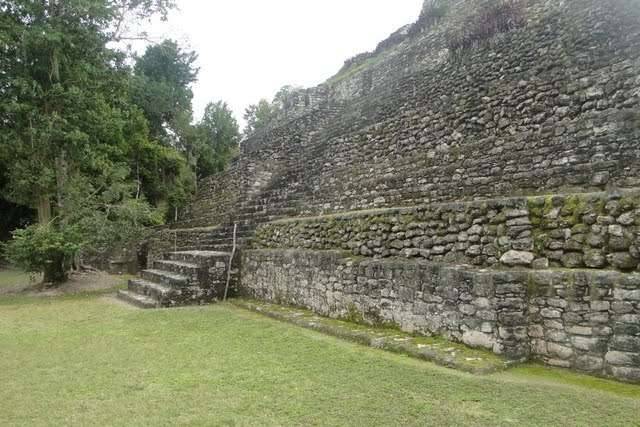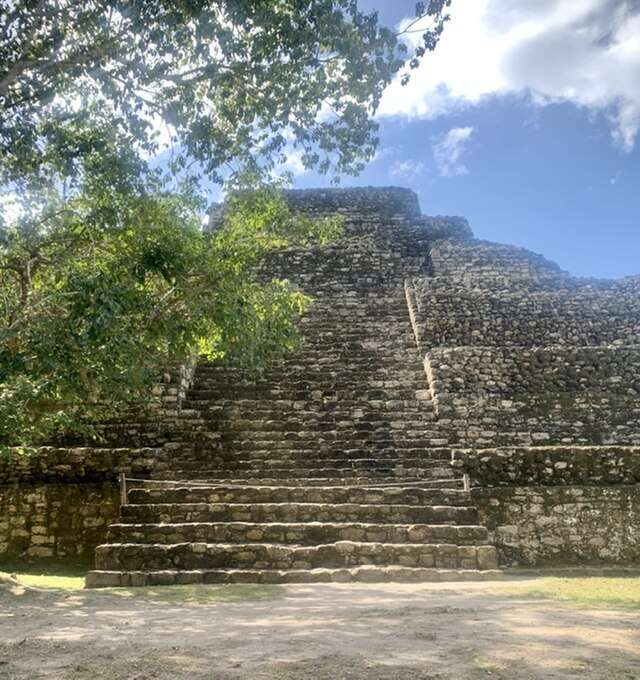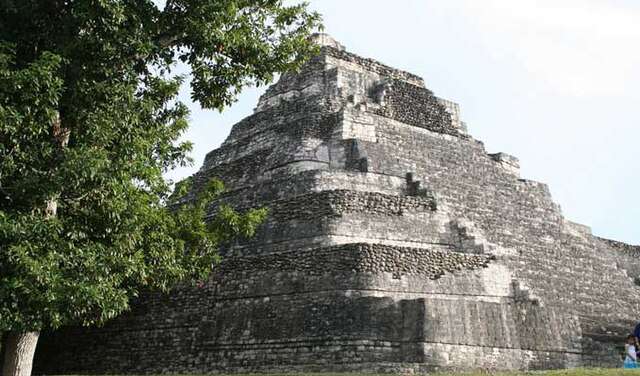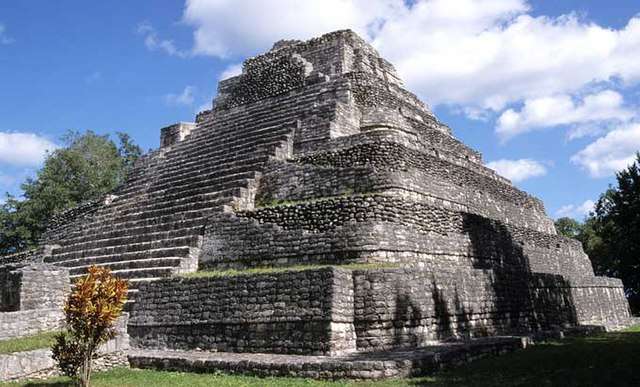Summary
The Chacchoben Mayan Ruins, located in the southern part of Quintana Roo, Mexico, are a fascinating relic of the ancient Mayan civilization. The site, which dates back to around 200 BC, was a significant community with an estimated population of 2,000 inhabitants at its peak. The ruins, rediscovered in 1942, provide an intriguing glimpse into the architectural prowess, societal structure, and spiritual beliefs of the Mayans.
Get your dose of History via Email

Historical Background of Chacchoben Mayan Ruins
The Chacchoben Mayan Ruins, meaning “The Place of Red Corn” in Mayan, were likely settled around 200 BC. However, most of the visible remains date back to 700 AD, indicating a long history of occupation. The site was a thriving community, as evidenced by the numerous residential structures, temples, and public squares found there.
Chacchoben was rediscovered in 1942 by a local farmer, but it wasn’t until 1972 that the Mexican government began restoration efforts. Today, it’s a popular tourist destination, offering a window into the Mayan civilization’s rich history and culture.
Despite extensive archaeological work, much of Chacchoben remains unexcavated. This leaves a sense of mystery and anticipation for what further secrets this ancient site may hold.
Historians believe that Chacchoben was abandoned around the 10th century, possibly due to social upheaval or environmental changes. However, the exact reasons remain a subject of ongoing research and debate.
Today, the ruins stand as a testament to the architectural and societal sophistication of the Mayan civilization, providing invaluable insights for historians and archaeologists.

Architectural Highlights/About the Artifact
The Chacchoben Mayan Ruins feature several impressive structures, including three large pyramidal temples. The largest, known as the Gran Basamento, rises 24 meters above the ground and offers a panoramic view of the surrounding jungle.
Other notable structures include the Circular Plaza, a unique round building that stands out among the predominantly rectangular Mayan architecture. This structure is thought to have been used for ceremonial purposes.
The site also features several stelae – stone slabs or columns engraved with hieroglyphs and images. These stelae provide valuable insights into the Mayan’s spiritual beliefs and societal structure.
Interestingly, many of the structures at Chacchoben are built atop older buildings, indicating a common Mayan practice of building new structures over existing ones. This architectural layering adds to the complexity and intrigue of the site.
Despite centuries of weathering and jungle growth, the ruins remain remarkably well-preserved, offering a vivid glimpse into the ancient Mayan world.

Theories and Interpretations
While much about Chacchoben remains a mystery, several theories and interpretations have emerged over the years. One popular theory suggests that the site was a significant ceremonial center, given the presence of numerous temples and stelae.
Some archaeologists believe that Chacchoben may have been a major trade hub, due to its proximity to the coast and several rivers. This would explain the city’s size and the diversity of artifacts found there.
Others suggest that the city was abandoned due to a combination of overpopulation, resource depletion, and social unrest. However, this theory, like many others, is still a subject of debate.
Despite these theories, much about Chacchoben remains unknown. Ongoing archaeological work continues to uncover new insights, adding to our understanding of this fascinating ancient city.
Ultimately, Chacchoben continues to captivate and intrigue, offering endless opportunities for exploration and discovery.

Good to know/Additional Information
Visiting Chacchoben offers a unique opportunity to step back in time and experience the grandeur of the ancient Mayan civilization. However, there are a few things to keep in mind.
Firstly, the site is located in a tropical jungle, so appropriate clothing and insect repellent are recommended. Also, while the main structures are accessible, some areas remain unexcavated and are off-limits to visitors.
Guided tours are available and offer valuable insights into the history and significance of the site. These tours also contribute to the local economy, supporting ongoing preservation efforts.
Finally, while photography is allowed, visitors are asked to respect the site and refrain from climbing on the structures to prevent damage.
With its rich history and stunning architecture, Chacchoben offers a truly unforgettable experience for history buffs and adventure seekers alike.

Conclusion and Sources
The Chacchoben Mayan Ruins offer a fascinating glimpse into the ancient Mayan civilization. While much remains to be discovered, the site provides invaluable insights into the Mayan’s architectural prowess, societal structure, and spiritual beliefs. As we continue to explore and understand this ancient city, we are reminded of the enduring allure and mystery of our shared human history.
For further reading and information, the following sources are recommended:

